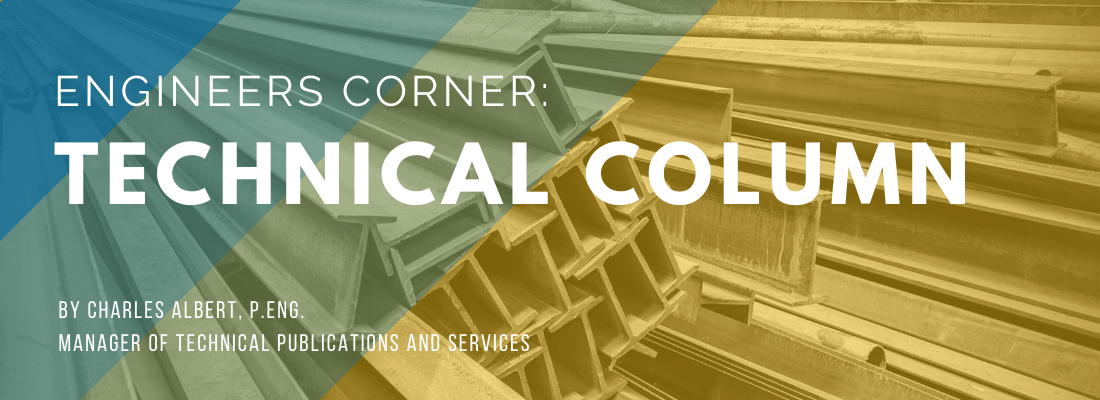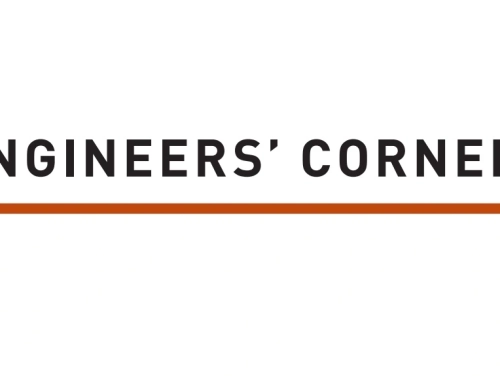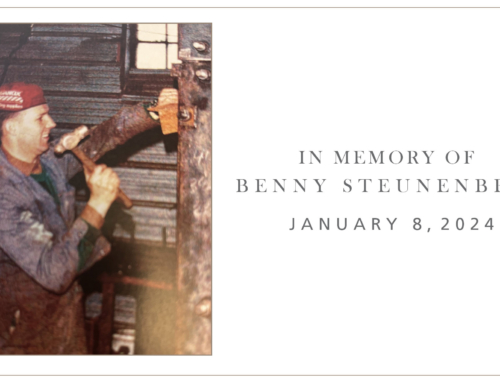
By Charles Albert, P.Eng., Manager of Technical Publications and Services
CISC provides this column as part of its commitment to the education of those interested in the use of steel in construction. Neither CISC nor the author assumes responsibility for errors or oversights resulting from the use of the information contained herein. Suggested solutions may not necessarily apply to a particular structure or application and are not intended to replace the expertise of a licensed professional engineer or architect.
Question 1: I’m using Table 3-38 in the Handbook to design a welded double-angle connection. The supported beam has a web thickness that is less than the minimum tabulated value, but the factored beam reaction is also less than the weld capacity given in the table. Could I still use the table in that case, and how would I proceed?
Answer: If the factored beam reaction is less than the weld capacity given in the Handbook (see Figure 1), you may prorate the required beam web thickness accordingly. A design example illustrating this calculation can be found on page 3-67.

Figure 1
Table 3-38 – Welded Double-Angle Beam Connections
Question 2: In a particular bolted connection, the bolt nuts can be held in place but cannot be turned due to lack of space. Is it permissible to use the turn-of-nut method by turning the bolt heads instead?
Answer: For turn-of-nut installations in building applications, either the nut or head may be turned. In CSA S16-14 Table 8, it is stated, “Nut rotation is rotation relative to a bolt regardless of whether the nut or bolt is turned.” The RCSC Specification for Structural Joints Using High-Strength Bolts supplies additional information (although RCSC recommendations are not generally mandatory in Canada): “When it is impractical to turn the nut, pretensioning by turning the bolt head is permitted while rotation of the nut is prevented …”.
If hardened washers are required (e.g. for pretensioned assemblies), however, they must be placed under the turned element (CSA S16-14 Clause 23.4.1).
Question 3: In seismic applications, energy-dissipating elements must meet the requirement: Fy ≤ 0.85 Fu (S16-14 Clause 27.1.5.1). But according to the mill test certificates, some of the ASTM A500 hollow structural sections that we received don’t seem to meet this requirement. Am I missing something?
Answer: In Clause 8.3.2(a), Fy and Fu represent the published minimum specified values for the steel grade, as defined in Clause 3.2, and not the test values reported on the certificates. As mentioned in the CISC Commentary in Part 2 of the Handbook, most structural steels will meet this requirement, except for some high-strength grades such as CSA G40.21-700Q or 700QT.








